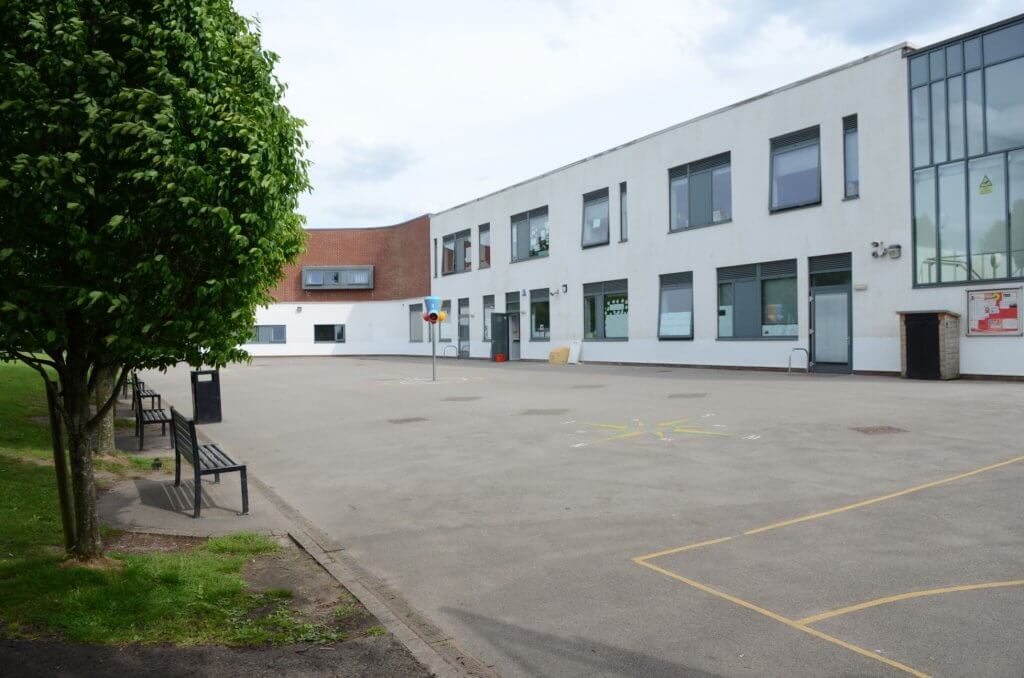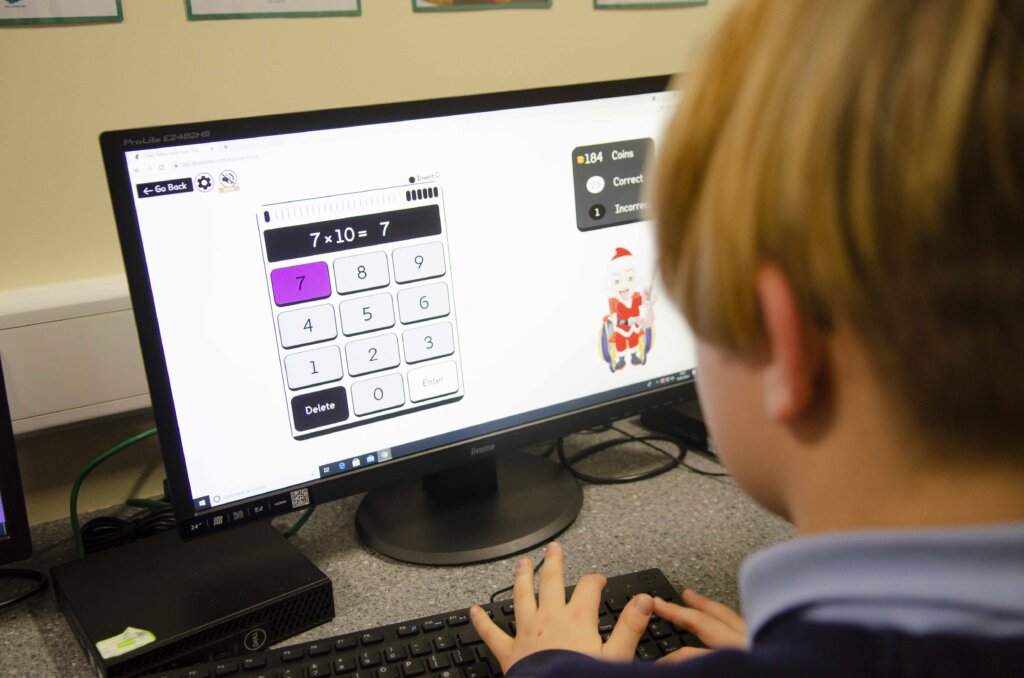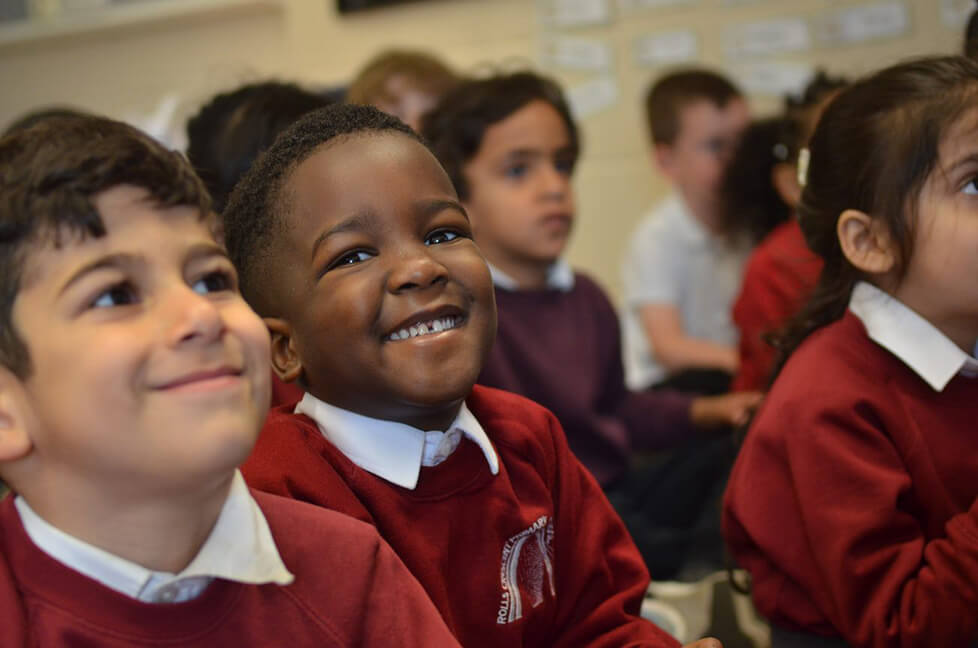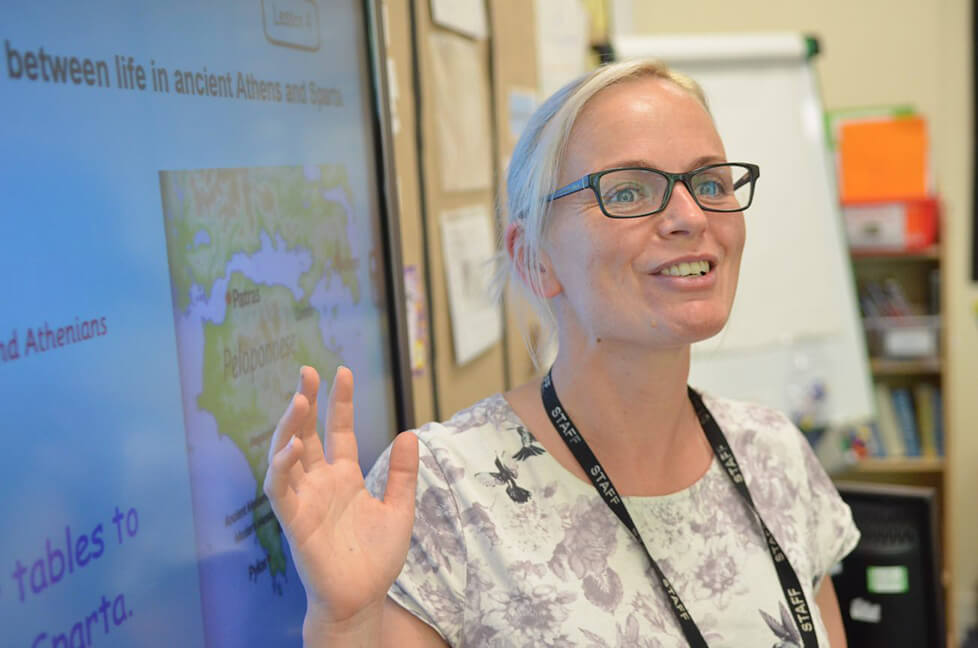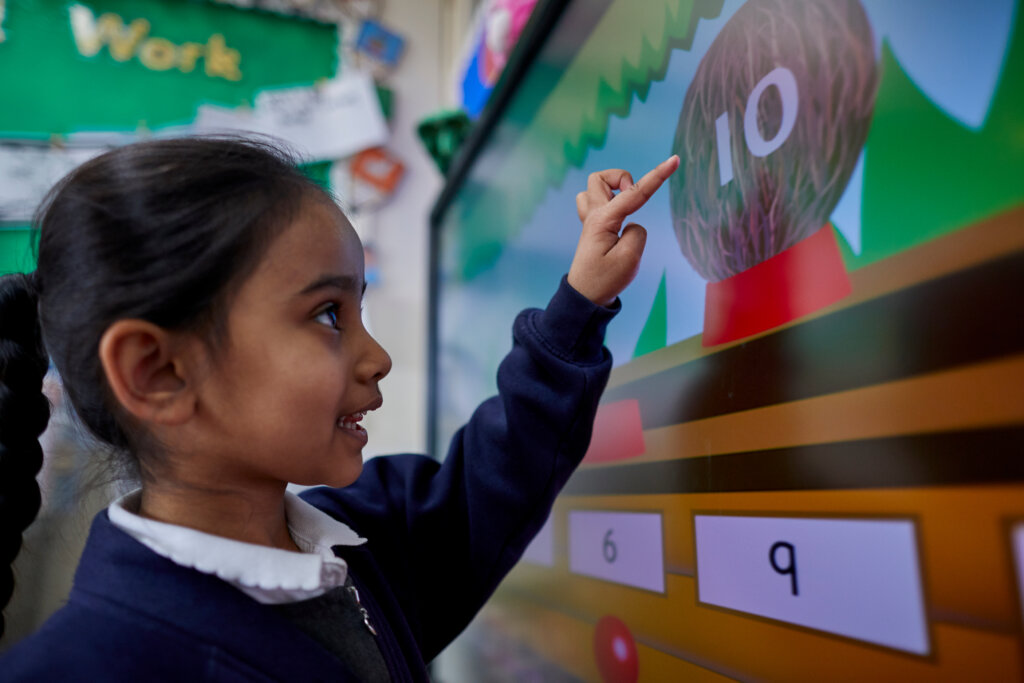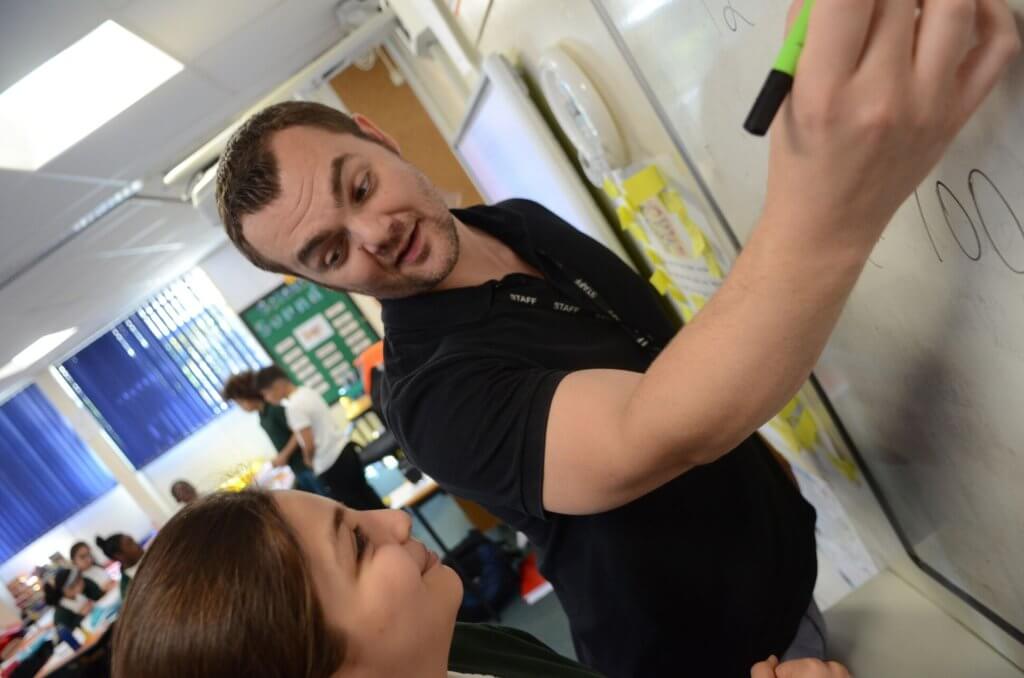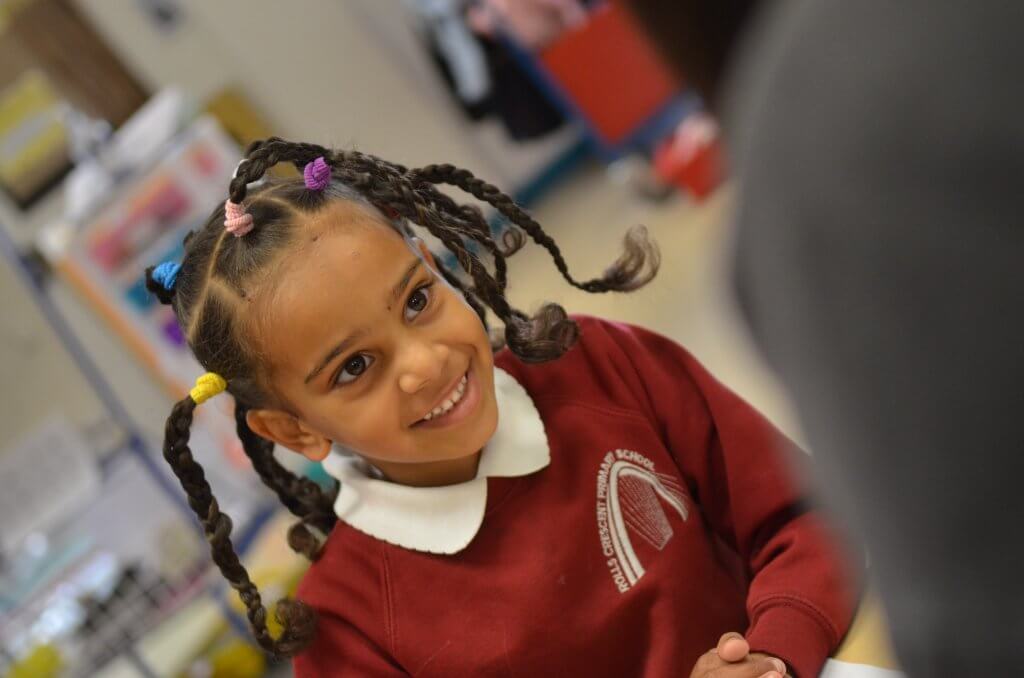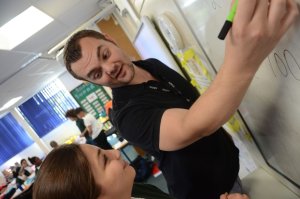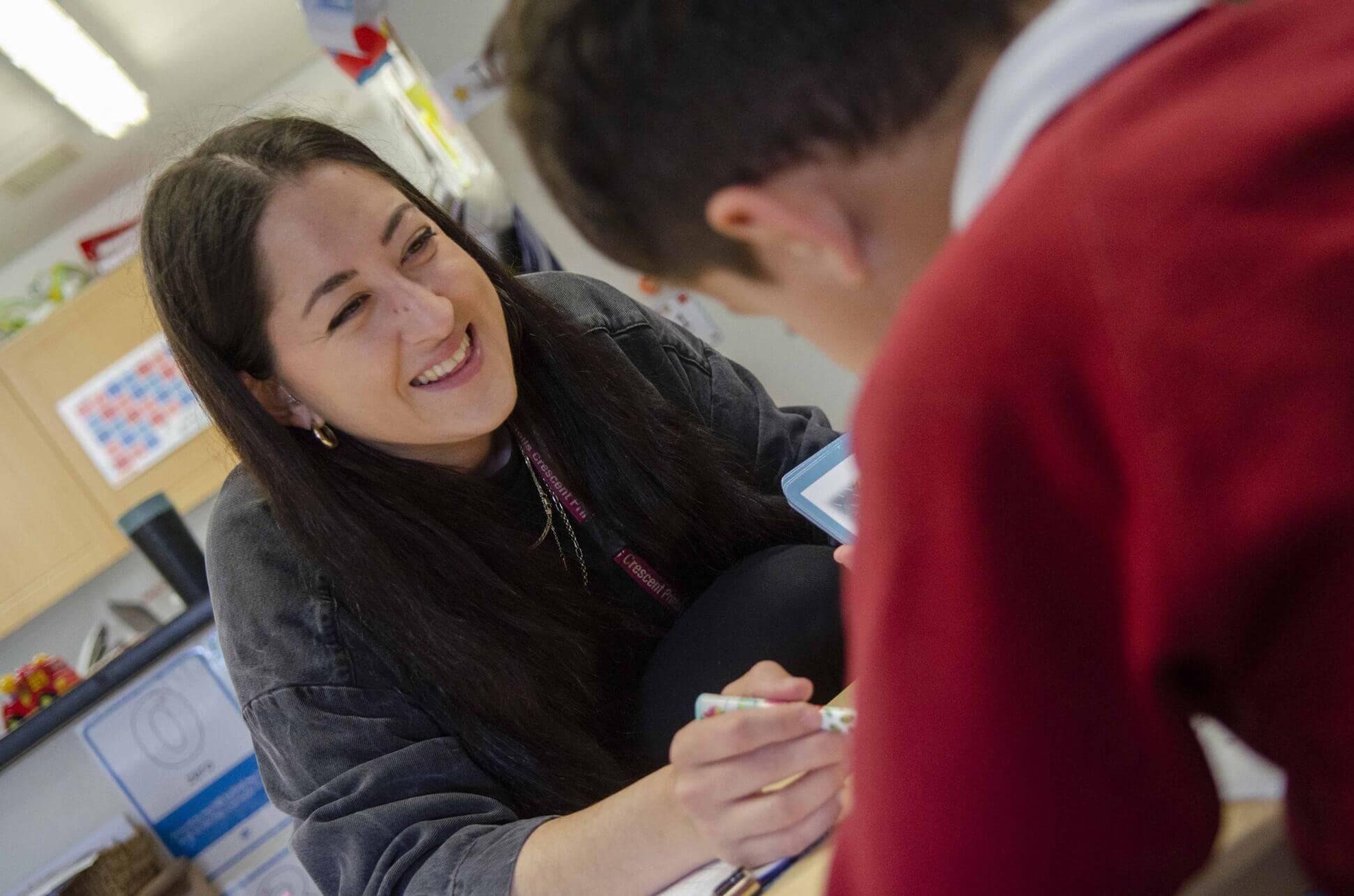In Part 1 of the blog series, we explored the importance of play and how it can support children’s learning and development. Whilst play is often embraced in the Early Years, it can be more challenging to create opportunities for play once children move onto Key Stage 1.
As soon as children step out of the EYFS classroom, there is an expectation that we press a metaphorical switch that changes the classroom into a formal learning environment. The brain, because it still learns best through play at this stage, hasn’t been told about this switch and, therefore, the child doesn’t understand. They then start with the questions of “when can I go and play?” or “Do we have to work all day?” which can demoralise the teacher who has worked so hard at planning lessons for the children.
If you would like more information on transition from EYFS, check out our free Transition video.
Obviously, this is generalising, and I know of some schools who provide incredible opportunities for play beyond EYFS! But the question I am asked time and time again – and the reason I spend so much time supporting schools with play beyond EYFS – is the problem of overcoming barriers to play. So, what are the main barriers to play beyond EYFS and how can we overcome these barriers?
Barrier: Pressure and expectations from the education system
There is a lot of pressure and expectations within education at the moment, including an increasing emphasis on being ‘school ready’ – but what does this actually mean? The expectation that play stops at the end of EYFS doesn’t always come directly from the wider sector. If we look closely at the education system, you can see glimmers that suggest traditional ways are not the only way – for example, the removal of KS1 SATs, the schools who have play-based approaches beyond EYFS who have received Outstanding by Ofsted, or the statutory National Curriculum stating that “schools are free to choose how they organise their school day” (2014).
Solutions:
- Consider the research – where does it say that children shouldn’t play?
- Keep hold of what is right for the children. Consider your why – what drives your vision and values?
- Consider the removal of end of KS1 assessment and the wording from DfE that evidence of assessment should could come from the day-to-day “written, practical and oral classwork” (DfE, 2024).
Barrier: Lack of knowledge around play from teachers or senior leaders
The saying ‘you don’t know what you don’t know’ is really important here. From anecdotal evidence of talking with many teachers and leaders, one of the main barriers to play beyond EYFS is not knowing enough about child development or neuroscience. Providing ongoing professional development that focuses on the principles and practices of play-based learning can help to build teachers’ knowledge around this crucial topic.
Solution:
- CPD over time is essential for all members of staff in improving knowledge, staying up to date, and providing the best education for our children. This should not be in isolation for the teacher who would like to implement play (though it is a start!) For it to be truly effective, SLT, other teachers, teaching assistants and lunch time organisers all need to understand the importance of play.
- Networking, case studies, and talking to others who are already implementing play-based approaches is the best sort of CPD you can have. (Our Rethinking KS1 programme is full of opportunities for this and for seeing it in practice – more info below!)
- Mentoring and coaching can help in addressing barriers and develop self-sustaining strategies to improve play-based approaches.
- Trial and error – no one can ever know it all straight away, but adapting our teaching and our classroom is a start. You might want to take one subject and consider the question ‘how would the children learn best here?’ Have a plan in terms of where you want to end up, but small changes can make a difference. For example, planning and providing practical activities instead of 5 different worksheets in maths each week!
”If play based learning is to have the status and respect it deserves, then all members of senior management teams must be helped to become more knowledgeable about how to observe play and to understand what to look for in making judgements about its quality” (Fisher, 2020).
Barrier: Curriculum and timetable pressures
Curriculum timetables beyond EYFS can be a barrier to play due to the traditional structured nature, which often jams in a huge amount of teaching inputs but allocates limited time for unstructured, free play. The emphasis on academic subjects and the pressure to meet educational standards can lead to a reduction in playtime, which is crucial for the social, emotional, and cognitive development of young children. Consequently, children may miss out on the valuable opportunities for exploration, creativity, and the development of interpersonal skills that play provides.
Solution:
- Consider the statutory guidance of the National Curriculum. It states that “schools are free to choose how they organise the school day.”
- Think about how much of the direct teaching time is covering statutory objectives from the National Curriculum and how much of it is additional information added by schemes of work, interpretation, and the habit of ‘it has always been done this way.’
- Consider cross curricular links to reduce cognitive load and the ways in which children learn best and adapt the lessons to suit need.
- Decide what can be removed from the timetable, as well as what can’t be removed but can be achieved through play. Within this, consider how to position inputs so that there are longer sessions of uninterrupted play within the day. Do you, for example, have the opportunity for free flow outdoor play and, if you do, is there a need for a timetabled break if it reduces their time to play?
“Many children are not developmentally ready to sit at desks engaging in pencil and paper activities…[yet we were] focusing too much on behaviour management and what children were learning rather than how they learned” (Quirk and Pettett, 2021).
Barrier: Lack of money for resources
The reality of school budgets at the moment may mean that leaders do not think resources to support play-based learning is essential. Or, if they do recognise the importance of it, they may be worried that they can’t do it well enough. However, neither of these things are true. We have already discussed the importance of learning through play beyond EYFS, but how can schools overcome budget limitations for play?
Solution:
- Resources do not need to be costly at first – look at what you have got, look at what EYFS have that they are not currently using, ask parents if they have anything that their children are no longer playing with, and ask the community or local businesses if they can help at all!
- Look at loose part play – loose parts are really inexpensive but the possibilities with loose parts are endless. Plus, the benefit is greater than a fixed object that has a set purpose.
- Use PTA fundraising or grants – any school who recognises the importance of play will be able to look at the way in which PTA funds or grant applications are used to support the development of resources to improve classroom environments.
- Use websites that give away items that are no longer wanted – it may mean you will have to go and collect them but if you say you are from a local school they may even drop them off for you.
- Investment over time – Consider how you can plan money into the school budget over time to support the development of play-based learning within the school.
“Any resource or environment that offers multiple possibilities (or variables) has intrinsically greater play value and contributes more to the development of creativity and imagination” (Kingston-Hughes, 2022).
Barrier: Lack of access to outdoor area
An important part of play-based learning is access to the outdoors. This can sometimes present as a barrier to play for several reasons. Firstly, the physical layout of the school may not allow for direct or easy access to outdoor spaces, requiring time-consuming supervision and transition that cuts into playtime. Additionally, timetabling adults to be able to support children learning through play outdoors can be challenging. Lastly, the availability of appropriate outdoor equipment and resources can be limited, affecting the quality and variety of play experiences available to children.
Solution:
- If the option for free flow (due to adults or practicalities of space) is not an option then look at timetabling time to learn through play outdoors.
- Look at how playtime is used – high-quality outdoor play can be established through the use of sourcing free and relatively cheap resources. Ensure there are zones for different types of play and extend it to what can’t be achieved as easily inside, such as large-scale construction.
- If your outdoor area is limited then why not use the local area – accessing fields, parks, and other green spaces can be a great opportunity for science, geography, PE and more!
- Develop an understanding in the importance of outdoor play and the research around it – share it across the school as it will benefit all.
- Considering classroom location and access to outdoors is another option – just because Year 6 has always been at the bottom of the corridor with access to outdoors doesn’t mean it has to stay there!
- Plan for the future – it may not be possible to do all that you want to do straight away but with careful planning and budgeting you can.
“Nowadays, more than ever, young children miss out on the opportunities enjoyed by generations before, to play in parks and woods, and fields and schools need to work hard to offer play that, in some way, offers children these rich learning opportunities that so many have never experienced” (Fisher, 2020).
Barrier: Lack of additional adults
Play-based learning requires adults who are skilled in knowing how observe, support, and develop children’s play. Having limited staff numbers can make it a challenge to provide the necessary support for each child, tailor interactions based on individual needs, and ensure a safe learning environment. The role of the adult is something that is recognised to be important in EYFS but, due to budgets, it cannot always be prioritised in Year 1 and beyond.
Solution:
- Consider child development and the reason why adults are prioritised in EYFS. If adults can be used in KS1 as they are in EYFS then the impact of play-based learning will be more powerful
- Staffing, budgets, and increased needs of children may mean there are not enough TAs to support all classes, it may be that you consider timetabling of adults across the school.
- If adults are not available, consider specific times of year as a priority and work out how you could increase support then. i.e Autumn term in Year 1).
- Decide, as a school, what your priorities are and how you can ensure adults are available to support the key priorities.
- Look at how to develop play with the adults that you do have available so it is always purposeful, valued and not seen as of less value to ‘work’ or ‘learning.’
” ..budgets are tight. For schools to earmark funding for increased staffing in Key Stage 1, the first imperative is that headteachers and senior staff understand the role of the ‘second adult'” (Fisher, 2020).
What do we do next?
By identifying solutions to the barriers outlined above, we realise that, although practitioners know play is the right thing for today’s children, the pressures and the reality of change within the current educational landscape may prevent some schools from developing this approach beyond EYFS. I will share one final quote:
“If it is important to you, you will find a way. If not, you’ll find an excuse.” — Ryan Blair
With schools recognising and understanding the need for change beyond EYFS, we are running a training programme called Rethinking KS1: Inspiring Children’s Learning for the academic year 2024-2025.
Within the sessions, you will hear from expert speakers and school and academy colleagues as they reflect on the journeys that they have been on. Firm foundations shouldn’t stop being developed at the end of EYFS. As educators, we understand the pivotal role of play in early childhood development and its impact on lifelong learning – The Rethinking KS1 programme is designed with this in mind.
Included in the training is a variety of useful resources to guide you on a journey, including a document created with other practitioners, which details every statutory objective for the foundation subjects and Science and gives suggestions as to how the KS1 National Curriculum can be delivered through play. Our Rethinking KS1 programme encourages you to embrace the journey towards an educational approach where play is not just encouraged—it’s recognised as essential. Find out more about our programme.
Final Thoughts
Though the way children learn does not change between EYFS and KS1, the way in which we teach often does. In our education system, younger and younger children are struggling with a narrowed curriculum and the formalisation of learning. However, knowing that, as a profession, we are becoming more heavily focused on evidence-based practice (Education Endowment Foundation, 2021), we cannot ignore the wealth of scientific research on the benefits of play for all learners. (Kingston- Hughes, 2022; Goswami, 2010; Nicolopoulou, 1993.)
The results of play-based, child-led learning go beyond just the data in schools; not only does play support the economy by developing a range of skills children will need throughout their professional lives and careers (Fisher, 2020), but it ensures that the children, in the here and now, are happy (Kingston-Hughes).
By providing play beyond the EYFS and by ensuring others are educated about the importance of play, we can put children’s needs first and, at the same time, protect the future and change the world! Small steps can lead to BIG changes. Be brave, take a risk – do what’s right for the children.
References and Further Reading
Department for Education. (2014). National curriculum in England: framework for key stages 1 to 4.
Department for Education. (2023). Early years foundation stage statutory framework for group and school-based providers.
Fisher, J. (2020). Moving on to Key Stage 1: Improving Transition into Primary School, 2e. McGraw-Hill Education (UK).
Goswami, U. (Ed.). (2010). The wiley-blackwell handbook of childhood cognitive development. John Wiley & Sons, Incorporated.
Kingston-Hughes, B. (2022). A Very Unusual Journey Into Play. Sage
Nicolopoulou, A. (1993). Play, Cognitive Development, and the Social World: Piaget, Vygotsky, and Beyond. Human Development, 36. https://doi.org/10.1159/000277285
Quirk, S., & Pettett, V. (2021). Rationale for change. In Let Me Be Five (1 ed., Vol. 1, pp. 29-39). Routledge. https://doi.org/10.4324/9780429325694-4
Please complete the form below and we will get in contact as soon as we can to help you with your query.
